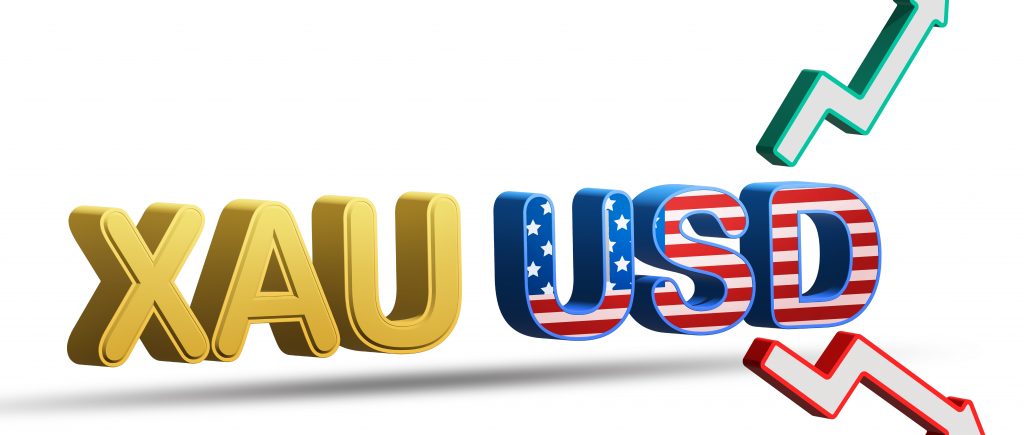Gold prices held steady during Asian trading on Friday but faced their worst weekly performance in more than three years. This decline comes as stronger-than-expected U.S. inflation figures and less dovish signals from the Federal Reserve have raised doubts about future interest rate cuts.
The precious metal has also suffered from a risk-on rally triggered by Donald Trump’s victory in the 2024 presidential election, adding to the uncertainty over the outlook for interest rates under his administration.
Spot gold increased slightly by 0.2% to $2,569.47 an ounce, while December gold futures rose by 0.1% to $2,574.05 an ounce as of 23:40 ET (04:40 GMT).
Gold Set for Over 4% Weekly Loss
Gold is down about 4.3% this week, marking its worst weekly performance since June 2021. The yellow metal fell from record highs after Trump’s election win spurred a wave of risk appetite. The losses deepened this week as the U.S. dollar surged to one-year highs, fueled by uncertainty surrounding the Federal Reserve’s rate path.
U.S. inflation data for October, including both consumer and producer figures, came in stronger than expected, signaling sticky inflation. Comments from Federal Reserve officials, including Chair Jerome Powell, suggested a more cautious approach to rate cuts. Powell emphasized that the resilience of the U.S. economy allows the Fed to take its time in considering further rate reductions.
Consequently, traders have scaled back their expectations for a December rate cut. The likelihood of a 25 basis point cut fell to 61%, down from 85.7% the previous day, while the probability of rates remaining unchanged rose to 39%, according to CME FedWatch.
The prospect of higher interest rates for a longer duration is weighing on gold and other precious metals, with additional concerns that Trump’s inflationary policies could lead to sustained rate pressures.
Platinum futures edged up 0.3% to $946.70 an ounce, and silver futures gained 0.1% to $30.610 an ounce, but both metals have experienced steep losses over the week.
Copper Prices Rise on China Data but Face Weekly Drop
In industrial metals, copper prices rose following mixed economic data from China, the world’s top copper importer. Despite the rebound, copper is set to record significant weekly losses after Beijing’s stimulus measures failed to impress markets.
Benchmark copper futures on the London Metal Exchange increased 0.3% to $9,056.50 a ton, while December copper futures climbed 0.5% to $4.0968 a pound. However, both contracts are down between 4% and 5% for the week, marking their worst performance since early July.
Chinese data revealed lackluster growth in industrial production and fixed asset investment for October, though retail sales exceeded expectations, buoyed by the Golden Week holiday.
 Noor Trends News, Technical Analysis, Educational Tools and Recommendations
Noor Trends News, Technical Analysis, Educational Tools and Recommendations





